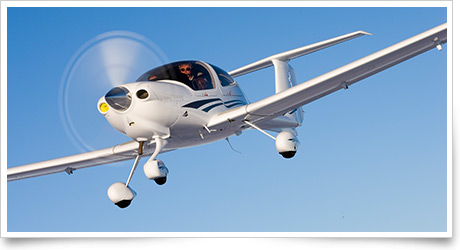dell30rb
Final Approach
In my inbox today was an article from AOPA about keeping your cylinders cool when climbing. It appears the diamond in the picture has one cowl inlet plugged by a piece of yellow foam?
Have a look. This link might not work unless you are logged into AOPA
http://www.aopa.org/members/files/pilot/epilot/ft/2012/120601epilot.html?WT.mc_id=120601eflight#one
Here's the pic

Have a look. This link might not work unless you are logged into AOPA
http://www.aopa.org/members/files/pilot/epilot/ft/2012/120601epilot.html?WT.mc_id=120601eflight#one
Here's the pic


